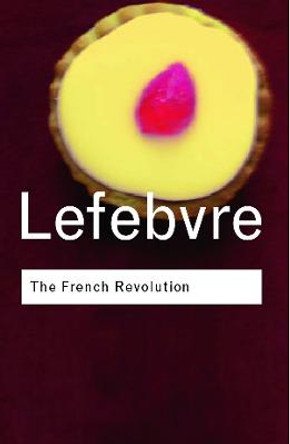Description
How an ingenious printmaking technique became a cross-cultural phenomenon in Enlightenment Europe
Driven by a growing interest in collecting and multiplying drawings, artists and amateurs in the eighteenth century sought a new technique capable of replicating the subtlety of ink, wash, and watercolor. They devised an innovative and versatile new medium-aquatint-which would spread in use across Europe within a few decades, its distinctive dark tones making possible a remarkable variety of ingenious imagery.
In this illuminating book, Rena M. Hoisington traces how the aquatint technique flourished as a cross-cultural and cosmopolitan phenomenon that contributed to the rise of art publishing, connoisseurship, leisure travel, drawing instruction, and the popularity of neoclassicism. She offers new insights into sophisticated experiments by artists such as Francisco Goya, Maria Catharina Prestel, Paul Sandby, and Jean-Baptiste Le Prince. Marvelously illustrated with rare works from the National Gallery of Art's collection of early aquatints, this engaging book provides a fresh look at how printmaking contributed to a vibrant exchange of information and ideas in Europe during the Enlightenment.
Published in association with the National Gallery of Art, Washington, DC
Exhibition Schedule
National Gallery of Art, Washington, DC
October 24, 2021-February 21, 2022
About the Author
Rena M. Hoisington is Curator of Old Master Prints at the National Gallery of Art.
Reviews
"A lavishly illustrated book of rare works." * ArtDaily *
"[A] fascinating, richly illustrated companion book."---Barrymore Laurence Scherer, Wall Street Journal
"This catalogue provides an excellent overview of the golden age of aquatint in the era of revolution and Romanticism."---Alexander Adams, The Jackdaw
Book Information
ISBN 9780691229799
Author Rena M. Hoisington
Format Hardback
Page Count 288
Imprint Princeton University Press
Publisher Princeton University Press









